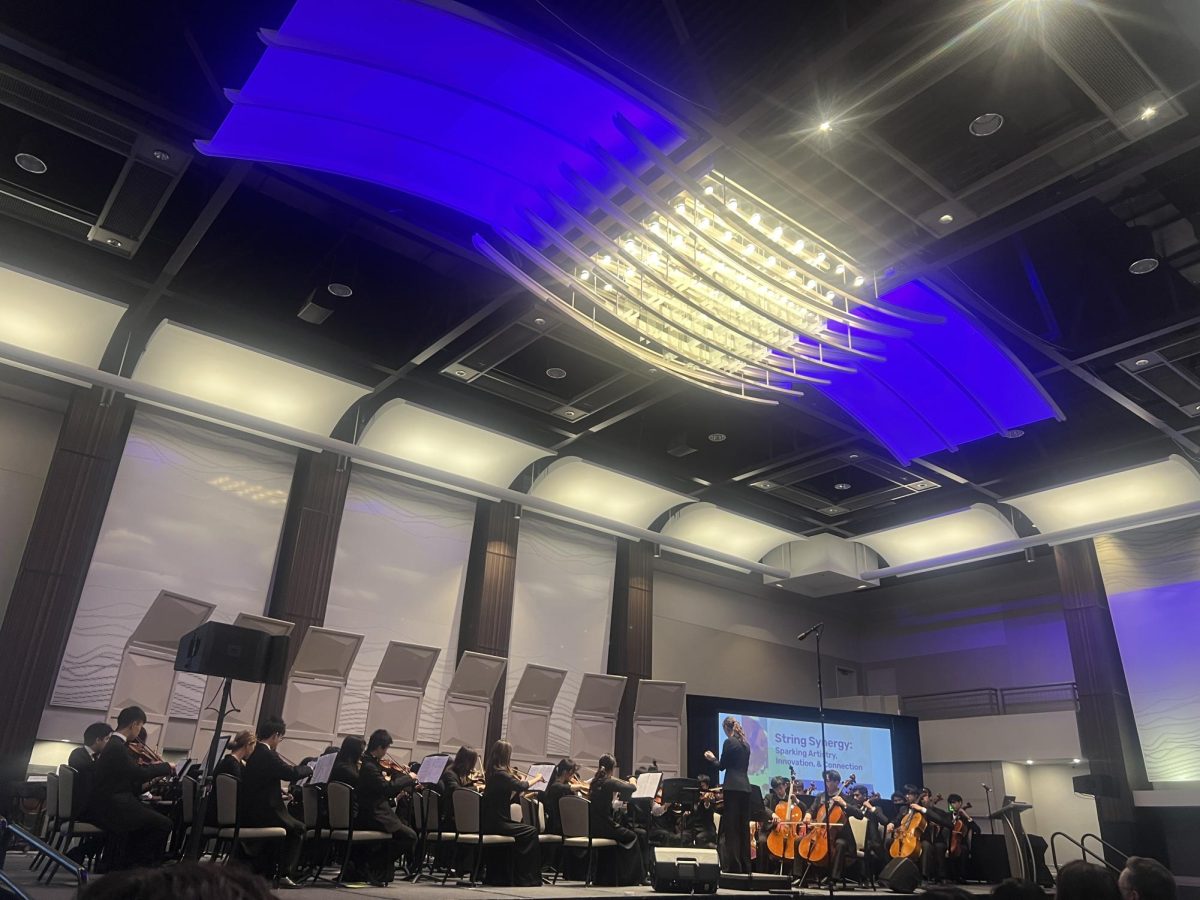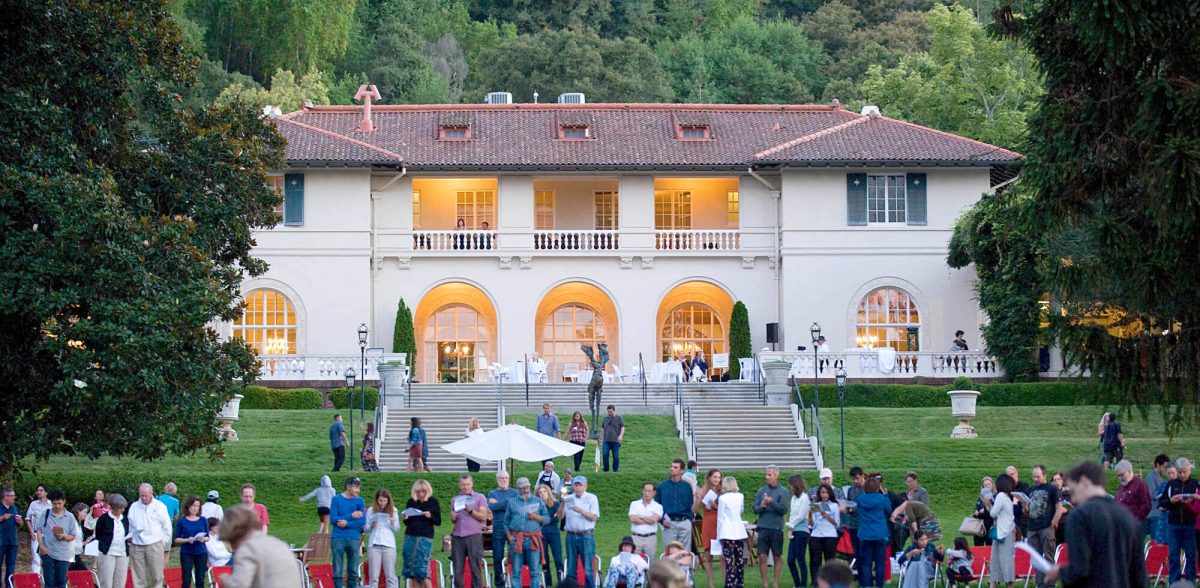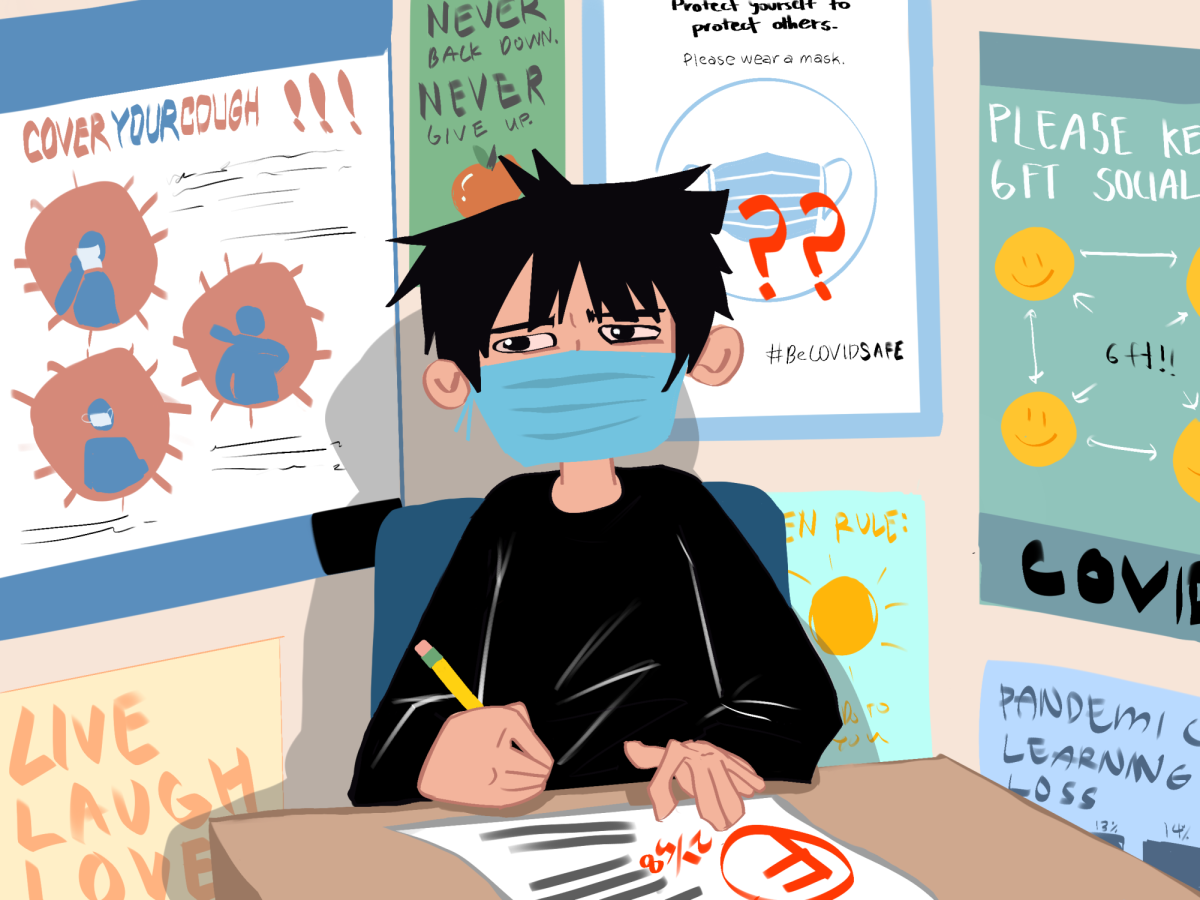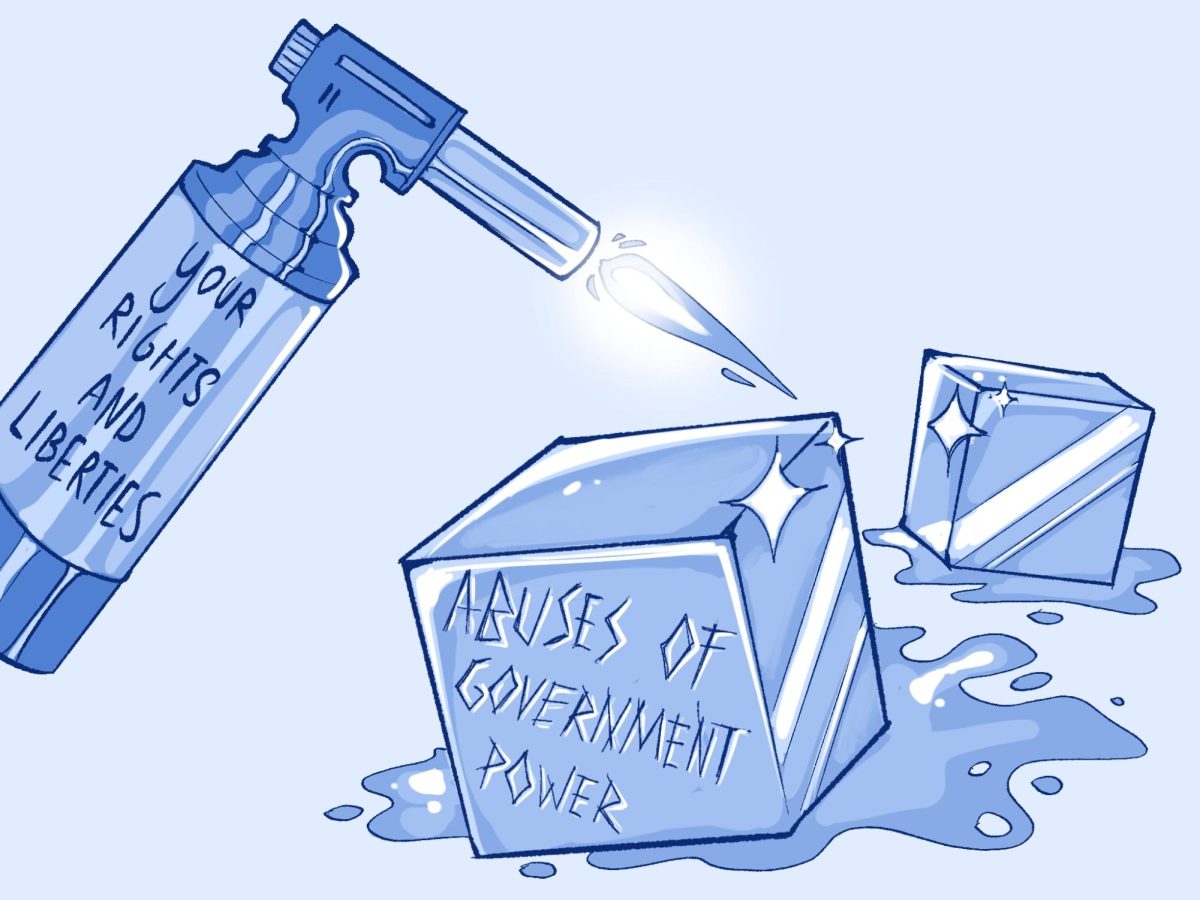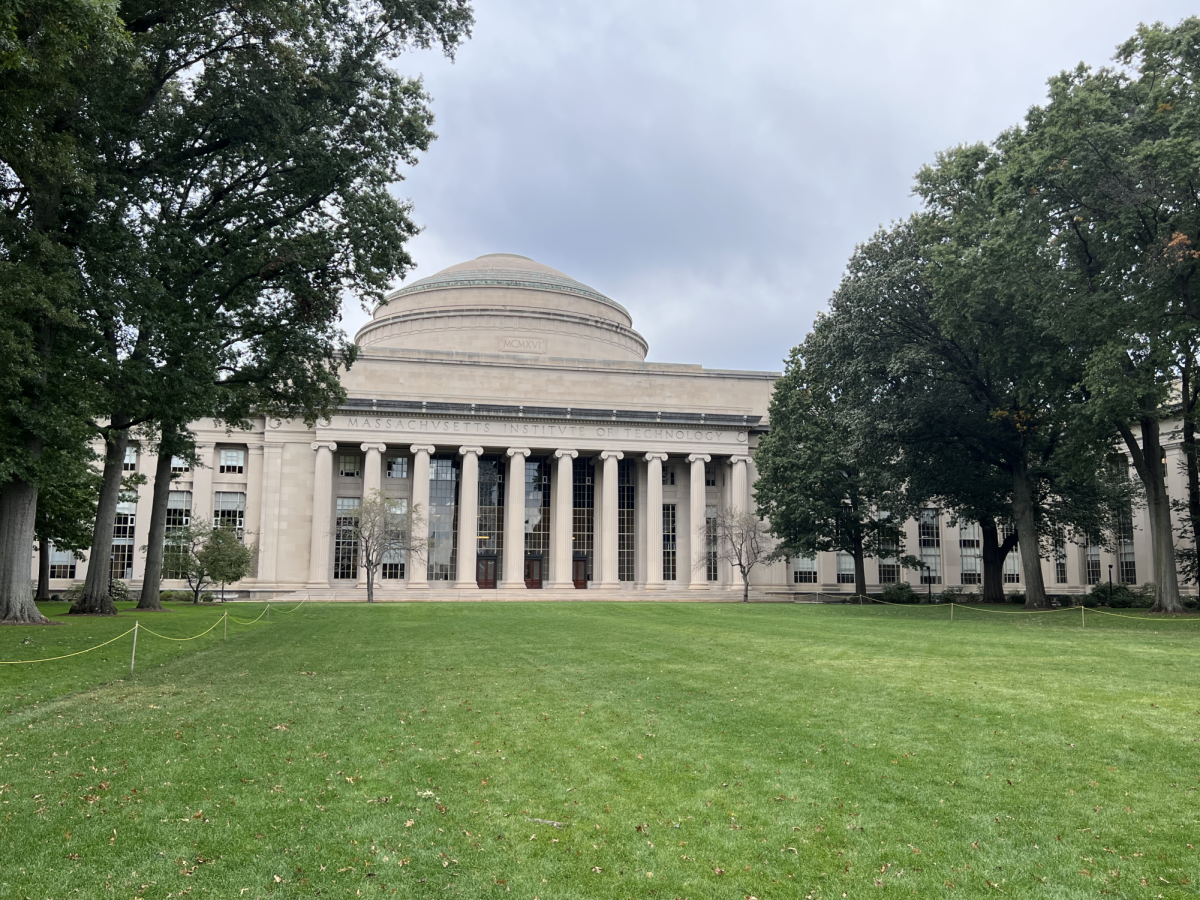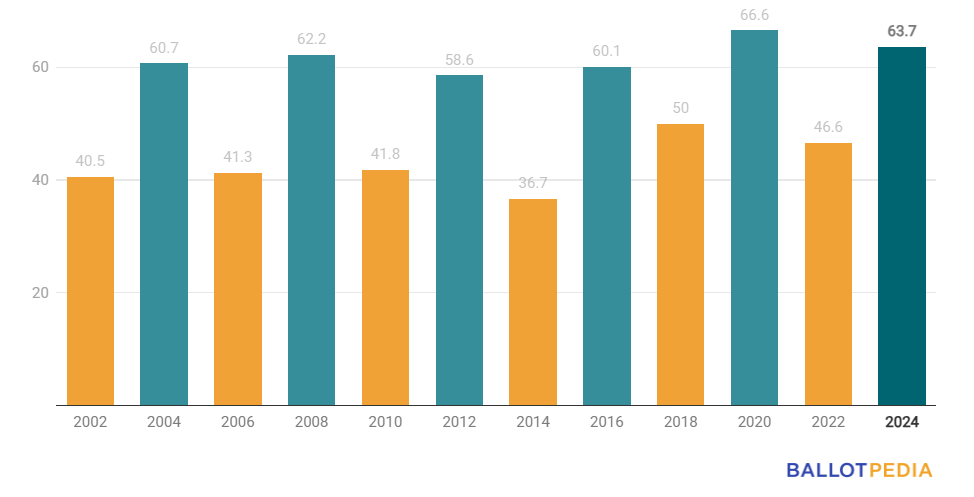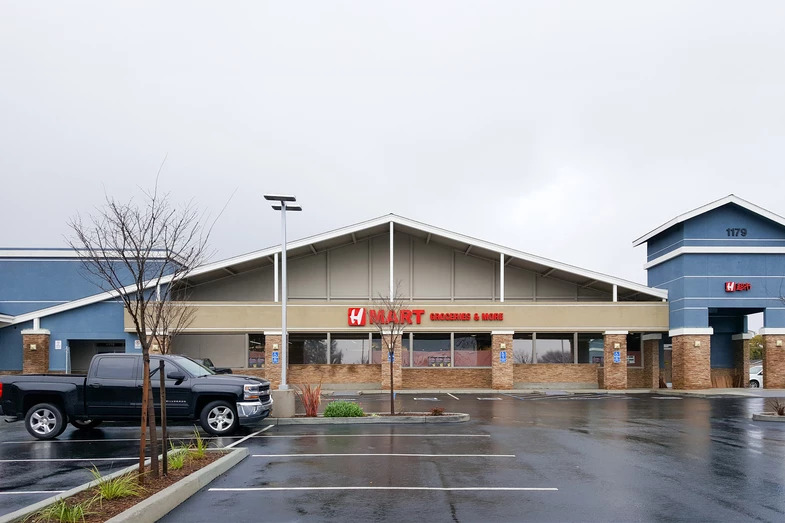Saratoga is known as a tranquil suburb where single-family homes boast residents living in one of the wealthiest cities in the nation. The classic suburban atmosphere features quiet mornings and peaceful streets — features that, along with its high-ranking public schools, lure a consistent wave of home buyers, despite the city’s median housing price of $3.5 million, more than 11 times that of the national median as of September 2020.
It’s not surprising that the last thing many residents want are duplexes and fourplexes changing neighborhoods — a situation now made more possible when Gov. Gavin Newsom signed SB 9 into law recently, allowing property owners to reconstruct parcels zoned for single-family housing to duplexes or fourplexes. Suburban communities all over the state are now wrestling with what might happen because of the new laws. It’s also in a race to add 1,712 new units by 2023 because of state requirements, but that goal is exceedingly hard to meet unless major changes happen quickly.
“Saratoga is basically the city of trees, and it’s beautiful,” said Danny Moon, a resident who is also the school’s girls’ cross country coach. “High-density housing isn’t conducive to the streets here; it takes away from the rural aspect of the city. There’s not many places like Saratoga around anymore, especially in neighboring cities like Campbell, which have been condensing very heavily.”
The town went from being rural to suburban after World War II and incorporated in 1956. The slogan “Keep it rural” was used in campaigns for its incorporation process, according to late historian Willys Peck.
While California had an adequate supply of affordable housing units in the 1970s, according to an NPR article, the federal government slashed the budget for affordable housing in 1981 and gutted state-funds for social programs such as mental institutions. Critics say the move incited a surge of homelessness and housing shortages across the state. As regions like the Bay Area attracted the attention of highly paid professionals in the computer-driven economy, the addition of new units failed to keep up with demand for them.
Since the California Housing Element Law was adopted in 1969, cities and counties in California have been required to designate sufficient housing with a varied number of units to accommodate the needs of people across all income levels.
Despite this legislative initiative, California has not produced enough housing to accommodate its population growth. Just last year, according to the 2020 Annual Homeless Assessment Report (AHAR), nearly 30 percent of people experiencing homelessness in the U.S. reside in California. The RHNA allocation methodology approved on Jan. 21 by the Association of Bay Area Governments Executive Board allocates an additional 1,712 housing units, with 454 in the very low-income range and 719 in the above moderate range. By contrast, only 439 building permits were issued in December 2019, with 147 in the extremely and very low income sectors and 93 in the above moderate income range.
High-density, residential and commercial housing that accommodates more people per unit is the state’s solution to address its housing crisis. Specifically, Newsom’s Sept. 16 approval of Senate Bills 9 (SB 9) and 10, two days after he overcame a Republican-led recall effort, ends many of the protections for single-family housing and allows for single lots to be converted into duplexes or fourplexes. It also facilitates upzoning of up to 10 units.
Developments that aim to combat California’s housing shortage — especially SB 9 and 10 and updated Regional Housing Needs Allocation (RHNA) goal of supplying 1,712 units of high-density housing by 2023 — have many Saratogans worried that if these changes lead to more duplexes and fourplexes in neighborhoods, their city will begin to lose its defining characteristics: lush greenery, serene streets and an idyllic semi-rural atmosphere.
The lure of Saratoga’s houses
On a recent fall day, a young millennial couple window-shopped Saratoga’s streets after lunch together. The man stopped by a two-story single-family home that caught his eye: Bedecked with greenery and pools with cascading waterfalls on a 0.98-acre lot.
Such homes are real-life shangri-las. The house above, located on hilly Saraview Court just a kilometer from Saratoga High, is listed for sale at $4.3 million.
The couple, who wish to remain anonymous, moved from Mainland China to Mountain View in 2015 to work for FAANG companies. Now living in a $2 million single-family home, they are searching for a more spacious home in a peaceful community.
“I don’t think there’s an area that can satisfy these factors at the same time,” the woman said. “That’s why it’s so difficult to buy a home around here.”
She said she could afford the home because her parents provided part of the down payment.
“Even if the goals of SB 9 are established, I’d still want to live in Saratoga,” the woman said. “It’d still be more spacious than the homes in areas like Mountain View.”
While housing in Mountain View has an average lot size of 6,750 square feet, the average lot size in Saratoga is approximately 23,000 square feet.
Her partner, however, primarily wanted to buy a home in Saratoga because of the similarities it shares with his hometown in China — shaded trees, hills and mountains.
For new residents like Cindy Wu, an art teacher who previously lived in Milpitas, making the decision to move to Saratoga was a no-brainer, despite the grueling six-month process of buying a home.
As a result of the high housing prices in Saratoga, she could only afford a $1.79 million townhome despite the fact that she lived in a single-family home in Milpitas.
Though Wu considered homes in Los Gatos and Palo Alto, she said she was drawn to Saratoga and the high ratings of its schools.
“I love the cultural diversity here,” Wu said in Chinese, “and the people are motivated and inclusive. That’s the environment I hope my children will grow up in.”
Potential benefits of high-density housing
Advocates of ending legal preferences for traditional single-family housing say favoring high-density housing won’t be an uncontrolled spiral. According to the “Myths and Facts About Affordable and High Density Housing Report” by the California Department of Housing and Community Development (CAHCD), it may “help balance” communities, as it did for Silicon Valley in the Renaissance Project, which upzoned a 56-acre site in 1985 yet halted NIMBY (Not in My Backyard) sentiment, a characterization of residents’ opposition to proposed developments in their area.
Saratoga resident Steven Moustakas is an avid supporter of the two housing bills. In his response to city council member Rishi Kumar’s email about SB 9 and SB 10, Moustakas lauded the goal of solving California’s housing problems by increasing housing supply.
“From my experience having watched my low-income childhood neighborhood in Perth, Australia, be converted positively from single dwelling to multi-dwelling homes, expensive Saratoga houses will not be replaced ad nauseam with duplexes and multiple units,” he said.
Instead, Moustakas maintains that lower-income neighborhoods tend to be converted into multi-unit homes while expensive cities like Saratoga mostly remain single-family housing with the addition of some conversions to expensive duplexes.
He referenced an article from The Economist: California projects a need between 1.8 million and 3.5 million homes by 2025 to address the shortage, and the impact of SB 9 on single-family homes is critical to that goal. According to the Terner Center For Housing Innovation, an organization established at UC Berkeley in 2015, it would enable development on 5.4 percent of single-family lots, an amount that constitutes 40 percent more than would otherwise have been developed.
While the immediate impact of these laws that take effect Jan. 1 isn’t clear, Moustakas said the city needs to start taking action and residents shouldn’t partake in the “needless fear mongering” that commonly portrays SB 9 and SB 10 as a one-sided doomsday situation for single-family homes.
Housing plans don’t take aesthetics, safety into account, critics say
The RHNA methodology has garnered backlash from many residents who believe its proposals failed to address the unique infrastructure and resources in different communities. In an appeal drafted on July 8, both residents and the city council of Saratoga expressed heavy opposition to RHNA’s required additions, calling out its failure to consider the existing and projected jobs, the lack of available land suitable for urban development and the increase in greenhouse gas emissions.
Neither SB 9 nor SB 10 takes into account the potential impact of additional infrastructure on wildfire containment, water storage and the blocking of rooftop solar panels, concerns that many Saratoga residents outlined in a string of public emails to the RHNA.
More than half of Saratoga land is in the Wildland Urban Interface area, consisting primarily of hillsides at high or very high risk for wildfires. Some critics of density have pointed out that fault zones like San Andreas are identified as extremely high fire hazards, yet the few roads of escape are narrow, steep and cannot be widened.
Glenda Onnie, a Saratoga resident who has lived on Pierce Road for over 35 years, referenced a UC Berkeley study from a front-page Mercury News article on June 10. The study showed that clustered defensible housing in high-risk areas like hillsides places people in harm’s way. Researchers concluded that reducing density in high-risk areas like hillsides should be a “primary goal.” She and two other residents described their joy in being surrounded by wildlife where they live, citing animals ranging from coyotes to mountain lions in their yards last year.
“I love our hillsides, I love the wildlife,” Onnie said during the Housing Element Community meeting on Oct. 27. “I certainly don’t want mountain lions in my yard, but they share their space with us. And I want to protect this land for them and for all of us. Take some photos, because if we don’t stop the development, this is all going to be gone in 20 years and we’ll never see it again.”
SB 9 and 10 also raise concerns for Saratoga’s water storage, which, unlike other cities in Santa Clara County, is dependent on its own aquifer instead of water provided by other sources. Although the city enforces strict regulations to ensure the amount of water is enough to replenish the aquifer, critics say an increase in housing could reduce the space for water storage and simultaneously reduce aquifer replenishment and supply as water demand rises.
Additionally, as the number of housing units increases, the city will use more energy.
“Every unit put up is going to consume so many kilowatts,” Moon said. “During the heat time, with air conditioning running, we’re going to have more power outages caused by high density housing. There’s no way around it.”
The reality of state’s housing crisis
In a letter to the editors of Mercury News, former SHS guidance counselor Kirch DeMartini, a Saratoga resident who worked at the school in the ‘90s, argued that although SB 9 and SB 10 were created to improve housing affordability, they would only exacerbate the divide between poorer and better-off communities. He described SB 9 as “California dream’s death knell.”
“In reality, if you create multifamily housing and neighborhoods in Saratoga, it’s still going to be extremely expensive,” DeMartini said. “Those new housing units will be snapped up by well-educated people from out of the area who have the education and money to afford it. You haven’t solved anything — you’ve just increased the population density — but you’ve still got a homeless situation. People who can’t afford to live in the Bay Area are not going to be served by expensive multifamily housing.”
DeMartini and his family moved to Saratoga in 1968. He said that they wouldn’t be able to buy a home here today. With the boom in housing prices and skyrocketing property taxes, the difference between conditions for installing high-density housing now and 50 years ago are “apples to oranges.”
DeMartini said high-density housing risks changing Saratoga’s culture and making it a less desirable place to live.
Destroying single-family homes to make room for multi-unit dwellings “means destroying the peace and tranquility of their neighborhoods,” DeMartini wrote in the letter. People in outlying communities see Saratoga as a beacon for its peaceful, sleepy environment — a trait that, for Saratoga residents, is an indisputable element of the city’s culture and place identity.
Proposals for RHNA high-density housing sites
At the Housing Element Community meeting on Oct. 27, the city revealed that there are currently 164 units proposed or under construction in the Quito Village Development, Marshall Lane Subdivision, Quito Vessing Subdivision and Saratoga Retirement Community areas. Nine of the units are low-income housing designated for families whose incomes don’t exceed 80 percent of Saratoga’s $191,000 median family income, and the rest are designated for above moderate income families.
Additionally, the 51 parcels of vacant sites yield 69 units and the construction of Accessory Dwelling Units (ADUs): Smaller, independent residential units located on the same lot as single-family homes, allow for 480 more.
In the meeting, residents encouraged the city to build potential housing sites along streets like Saratoga Avenue and Saratoga-Sunnyvale Road to aid transportation for new residents. Others suggested reallocating land from West Valley College parking and the many churches in Saratoga for residential housing instead.
City council member Kookie Fitzsimmons told The Falcon that when SB 9 becomes effective on Jan. 1, the city will not be able to opt out of it. While Saratoga has “not denied any housing development application in at least the last 15 years,” disregarding SB 9 or RHNA requirements would subject it to significant penalties and would make Saratoga lose its ability to make development decisions by only allowing the city to deny a development application in the case of an “adverse impact on public health or safety.”
Although Saratoga has met its obligations to allow for housing development, there has been little demand for building significantly more. As a result, Fitzsimmons said permits for new housing are well below the target established through the RHNA process.
More alarming to residents, however, is the increasing legislative pressure on cities to ensure that state-determined housing needs are met, whereas cities were primarily responsible for planning for them in the past. Cities where development is not on track to meet projected housing needs are subject to by-right approvals of qualifying multi-family residential projects by SB 35. These state obligations strip away public input and local control over future growth.
“The state’s approach to reduce barriers to development could mean that the community has little to no say over what the city will look like in the future,” Fitzsimmons said. “Personally, I think that this approach oversimplifies the affordable housing crisis and might result in very little new affordable housing.”
As a result, the city may be forced to rapidly implement a large amount of housing development — namely, any proposed developments with at least 10 percent affordable units.
While the city’s response to SB 9 is unclear, Fitzsimmons said she hopes every resident will be part of the housing element update process.
The heart of the issue: Impact on housing prices
A change in housing prices will inevitably follow the installation of more units and high-density housing, experts say.
Saratoga real estate agent Andy Tse said many of his clients harbor the perception that the results of SB 9 and increasing high-density housing would “wreck the hard-earned equity in their houses.”
While their concerns may be understandable, former Santa Cruz county supervisor Gary Patton projected that upzoning property to allow more buildings would cause the price to go up instead.
Even so, Tse said gauging the future impact of these laws is incredibly difficult, as most entities, including Saratoga’s city and planning departments, are confused about how they will be adopted.
This comes as no surprise: Despite RHNA numbers that set concrete requirements for housing, more than 78 percent of the 95 units allocated for low-income housing were permits issued for ADUs. Most of Tse’s clients are installing ADUs on their property to provide more space for grandparents and children. He said none of his clients are renting these secondary units to low-income people, so the numbers projected by the RHNA don’t accurately reflect the state’s expectations.
In other words, the effects of SB 9 and SB 10 could go either way. More housing units may require more services and alter the character of neighborhoods, but also may generate more jobs, increased construction and a thriving downtown.
Tse stressed the importance of affordable housing in Santa Clara County. He described the RHNA appeal and senate bills as a “wake-up call” for communities who haven’t been on par with addressing the issue.
“There is a need for more affordable housing and the goal for adding 1,700 plus housing units is a good idea, but I don’t think the way these bills are written — as a goal to provide more affordable housing — is going to happen in our area,” Tse said, noting that upzoning from SB 9 is unprofitable in a wealthy community like Saratoga. “Anybody forcing any agenda on somebody else is never going to work well, but there are better ways where we can address all the issues of housing shortages but still protect Saratoga home values and the general look and feel and Saratoga neighborhoods.”
According to Tse, residents who have lived in Saratoga for a long time wouldn’t want the increase in density caused by SB 9, while those desiring “quick money” would.
“Just like anything else, people fear what they don’t know,” he said. “Whenever something changes, we worry it will make things worse, so I don’t think it’s certain that these bills would hurt us.”

